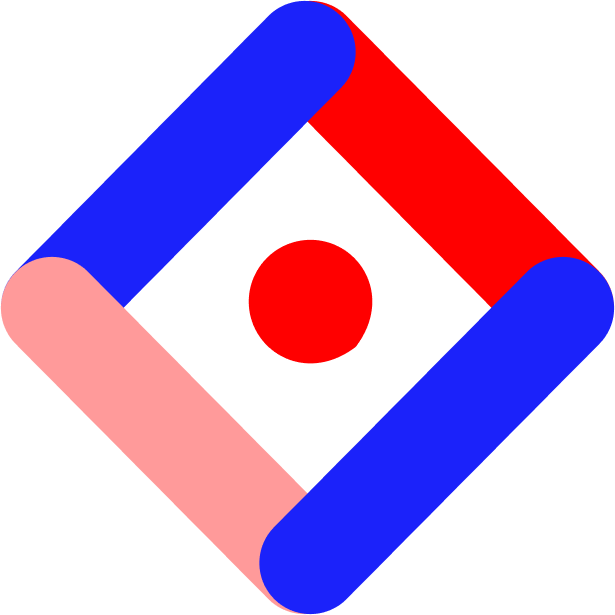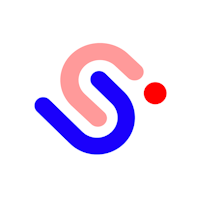Below are 8 questions to ask yourself as you get started with your Studio project along with examples that help elaborate on each one:
1. What are my project’s objectives?
Without solidified objectives, a project can go off the rails and lose focus before you know it. Team members can use objectives to act as a guide if project developments get confusing or unfocused.
Example: A company’s main objective for its new landing page is to raise awareness of a new product. By clearly defining their objective, the company’s team can continuously check if they are aligned with this goal with every decision they make.
2. Which audiences do I want to reach?
Your targeted audience directly influences nearly all aspects of the project from the narrative style you use, all the way to the design and layout of the project – so choose wisely!
Example: A company’s target audience for its new education service is teens struggling with high school-level Math and English. To reach their audience, the company creates short video ads that will play on TikTok.
3. What key messages do I want to communicate?
It can be exciting to delve into a new project and see what kind of eye-catching visuals and animations you can add to the piece. However, you have to make sure your project quickly and efficiently communicates exactly what you want your audience to think about.
Example: A non-profit wildlife organization wants users to learn about the negative impact of deforestation on local wildlife, so they put crucial statistics and facts at the forefront of their landing page.
4. What action do I want my audience to take during or after the project?
At the end of your experience, the audience should be given a call to action that is specific to the objectives you established earlier.
Example: A company includes a form that the user can fill in to download their guide. This helps the company achieve its goal of gathering emails from prospective clients who are interested in their security software.
5. What type of experience do I want it to be?
There are all kinds of experiences that you can create such as quizzes, landing pages, infographics, ebooks, and more. Whichever experience you select, make sure that it is the best fit for your audience.
Example: A pet subscription company observed that their clients are mainly mobile phone users who like to share posts related to their pets and products. With this information, the company decided to create an infographic that customers could post on their social media.
6. When do I want my project to be finished?
Setting realistic deadlines is important when managing your teams’ expectations. If you make a deadline too tight and don’t plan time for any unexpected events, then your project delivery date could be delayed. Always consider all of your teams’ availability and work schedules so you will be able to coordinate with your sales and marketing teams when launching it.
Example: A retail company planned to have its landing page completed in 5 business days. However, there is a lot of disagreement and back and forth when it comes to getting the messaging right. As a result, the project was passed to the designer on the fifth and final planned day, causing the whole project's due date to be pushed back. This affected their marketing and sales team's campaign launch.
7. How is “success” defined for this project?
What do you want to be the end result of your project? To spread more awareness of an issue? To get more blog article subscriptions? Look back at your objectives to see how you should measure success.
Example: A newspaper publisher wanted to get their users to stay on their article pages for a longer amount of time. Before their project, users only stayed on their pages for 49 seconds. At the end of their project, they found that users spent up to 2 minutes on their article page.
8. Does your team have all of the resources needed to get started?
Once you have answered all of the questions above, it is important to be on the same page as your project team so that they have all of the knowledge and background needed to get a jump on the project.
Example: A member of a project team started writing content for a landing page they were working on, but did not get the updated brief that stated the landing page was turning into an infographic instead. As a result, the project member spent her whole day writing content that fit a landing page instead of an infographic, delaying the completion date.







